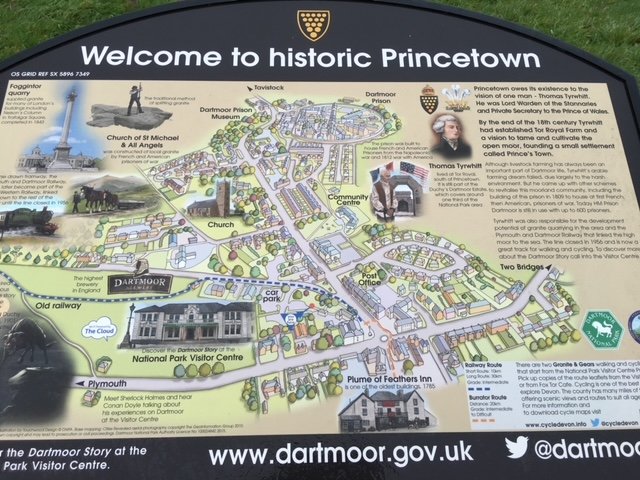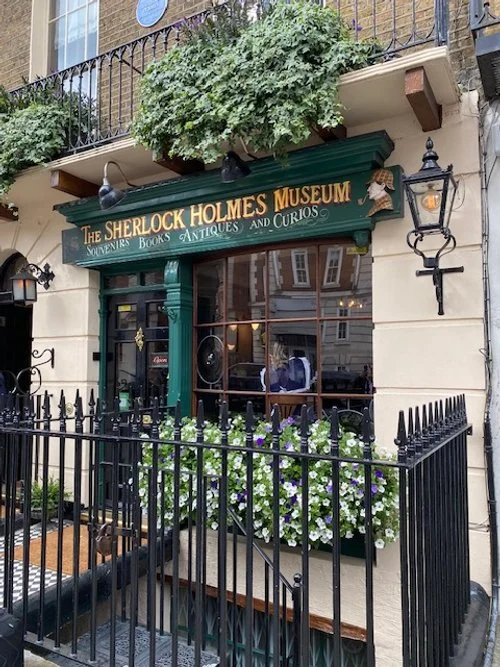Hound Tor
Hound Tor is one of the most famous attractions on Dartmoor. An outcrop of granite rock in Dartmoor National Park, it takes its name from a local legend of hounds turned to stone by a vengeful witch.
The story claims that a mighty hunter called Bowerman interrupted a coven of witches with his pack of hounds. Furious, one of the witches turned the hunter and his hounds to stone. Whilst Hound Tor was formed by the pack, about a mile away a rock outcrop known as Bowerman’s Nose is supposed to be the remains of the hunter.
This legend is said to have inspired Sir Arthur Conan Doyle’s ‘The Hound of the Baskervilles’. Conan Doyle was given the idea for the story by a Devonian friend, who took him to see Hound Tor and Dartmoor in 1901. He learned of Sir Richard Cabell, who is buried in Buckfastleigh Church, south of the moor, a local squire in the seventeenth century who was known for his passion for hunting and was widely believed to have murdered his wife and made a pact with the devil. There is a legend which states that in punishment for some unnamed evil deed, his soul was carried off by the Wild Hunt and that fire-breathing hounds were seen passing through the windows of his home, Brook Manor, on the night of his death.
Conan Doyle stayed at the old Duchy Hotel in Princetown where he started writing the most famous Sherlock Holmes story, ‘The Hound of the Baskervilles’. This is now the National Park Visitor Centre and has a Sherlock Holmes room, telling visitors about Conan Doyle’s visit and writing.
A version of the Bowerman legend can be found in ‘Devon Folk Tales for Children’ written and illustrated by Leonie Jane-Grey (The History Press ISBN: 978-0750984447). There are various adaptations of ‘The Hound of the Baskervilles’ aimed at children.
Hound Tor
Dartmoor
Devon
You can read about The Sherlock Holmes Museum here.









